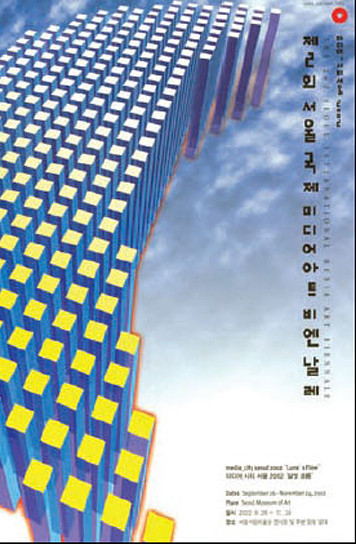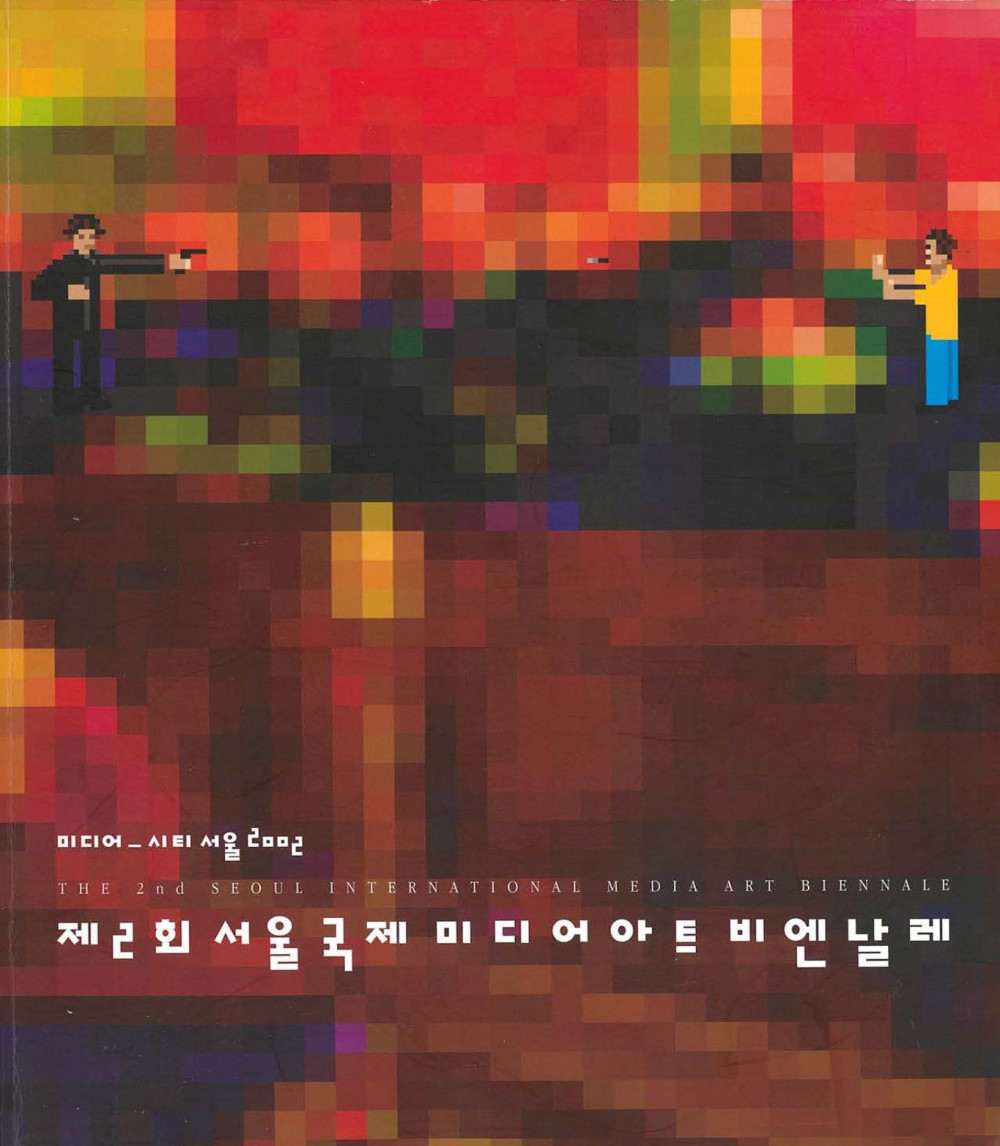Pig City, A perspective for pig farming in the Netherlands
Human beings are (still) omnivores. In a growing world this consumption demands enormous space. The MVRDV research discussed here is of the first steps toward a sustainable way of dealing with food for cities starting at urban planning. As we all know, there is quite a problem for instance in meat production. Besides animal welfare, there is environmental pressure and the total lack of safety and sustainability. This research focuses on the case of pig farming.
Alongside the main concerns regarding pig farming such as environment, welfare and economy, there still are larger issues attached. With an export of 16.5 million tons of pork, the Netherlands is the one of the chief exporters of pork within the EU. To satisfy both domestic demand and export of porkers, the Netherlands has to produce 19 million porkers per year.
If the Netherlands continues the current production level of pigs and if these pigs should be produced ecologically, some 75% equivalent of the Dutch land area would be needed. This raises serious questions for the spatial disciplines. How can we redefine the pig farm in architectural and urban terms, compressing the land use to a more adequate proportions? Can we compress the impact pig farming has on the immediate environment and at the same time improve the quality of life for pigs?
Following the widely accepted EU guidelines for organic farming and taking in account the deficiencies mentioned, we designed a basic organic pig farm. This organic farm is a solution for the welfare problem in housing, because pigs have more than double space, better facilities and high comfort. Besides housing we need health care, food supply, entertainment, reproduction, sanitation, social interaction and supervision. All of these functions are addressed in the organic farm design.
The organic farm is an answer to welfare problems, but how does it fit in with transportation, land-use and environment? We propose to eliminate transportation from the pig production cycle. We can only do so, if we concentrate all production elements on one location in a closed production cycle and slaughter the animals on-site.
By stacking all needed organic farms as separated floors on top of the slaughterhouse, animal transport will be concentrated within lifts. Pigs no longer have to fall over each other as is the case with truck transport. The result is a tower of pigs, that produces large quantities of meat in a very humane way.
44 Pig Towers are needed to maintain the present export level. These towers take up just over 5% of the Dutch surface, taking into account the surrounding grain fields. If we want to optimise transportation, we should place the towers near a harbor, on the Maasvlakte for instance. Imagine the entire export of pigs concentrated on one location with 44 towers housing over 4 million pigs: a genuine Pig City.

